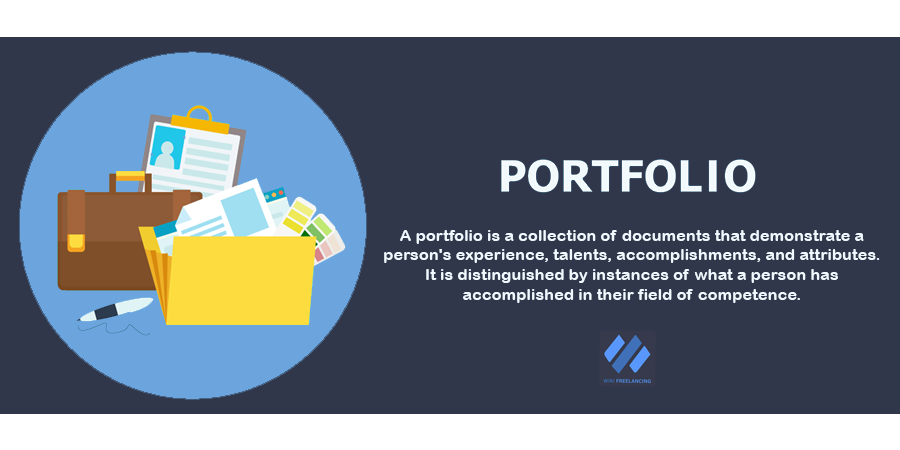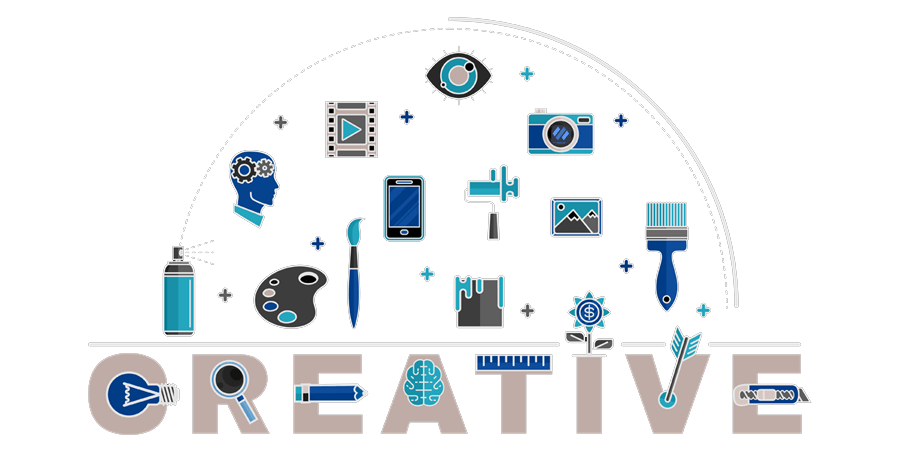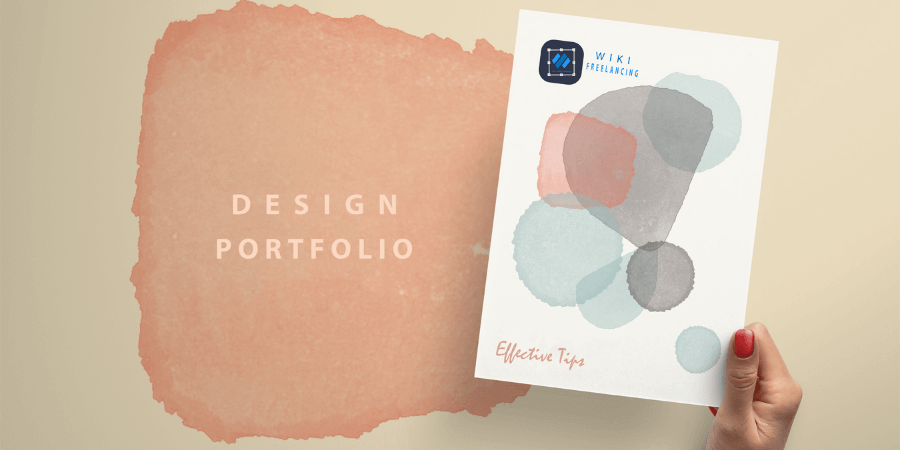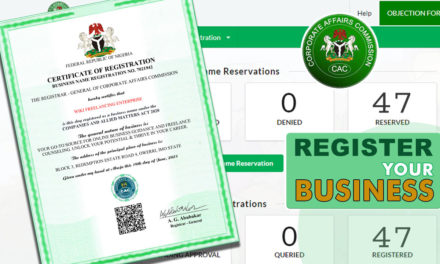About 40% of freelancers lost jobs worth over a thousand dollars a couple of years ago simply because their portfolios did not speak to their clients. A well-crafted design portfolio is a big plus for every freelancer. It is just as important as having a great resume. In fact, many companies or clients look at your portfolio first to determine if they want to work with you. And you are going to discover all the essential tips for creating a design portfolio.
One great challenge freelancers face is finding work, especially the first set of jobs. I witnessed this at the cradle of my freelancing journey; it is likely to happen to any beginner freelancer. Other related but minor challenges are how to convert potential buyers into actual buyers and how to convert actual buyers into returning buyers. All of these are possible by having an outstanding portfolio.
As a freelancer, you will not perfect your skill until you have a consistent stream of clients. You must promote yourself as knowledgeable and trustworthy to maintain a regular stream of clients.
The good news is you can easily create a magnetic design portfolio even as a beginner or teenager freelancer. This wiki freelancing guide exposes you to all the effective tips for displaying your catchy design portfolio.
Before diving into these special tips for your portfolio, it is pertinent to understand the meaning of a portfolio and why you need a captivating graphic design portfolio.
What is a Portfolio?

A portfolio is a collection of documents that demonstrate a person’s experience, talents, accomplishments, and attributes. It is distinguished by instances of what a person has accomplished in their field of competence.
A portfolio contains your personal information, promoting your skills and services while concentrating on your strengths.
A portfolio does not take the place of a resumé, but it significantly helps to highlight your strengths and the services you can provide in many industries.
[ads]What To Include In A Perfect Portfolio?
The perfect portfolio would include:
- All the related skills you have gained.
- Work experience, awards, certificates
- Description and examples of projects you have completed.
- Customer reviews and reference letters are also a great way to highlight professional accomplishments in your line of work.
However, a portfolio is necessary and can save you time and money in the long run. Here are some reasons why you should have a professional portfolio.
» MORE: How to create a professional freelancing gig to attract 85% of Buyers
Top 7 Reasons Why You Need A Professional Portfolio As A Freelancer
- You can be creative and personal in describing your ideas, talents, experience, and knowledge through portfolios.
- You can express your objectives, goals, accomplishments, and reflections in your portfolio.
- Plus, creating a professional portfolio allows your potential employers and other groups to assess your personality and the value you have to offer.
- Creating a portfolio might help you boost your confidence and self-awareness.
- During interviews, portfolios come in handy as documentation of your abilities, competencies, and skills related to the job in consideration.
- You showcase your previous education and work experience.
- Again, your portfolio highlights previous learning and work-related experience.
Furthermore, you can showcase your work in your portfolio to show potential clients what you can accomplish for them. Your portfolio serves as your virtual handshake with clients, so it must be impressive. Now you are in the game, let’s explore the 11 relevant tips for creating a design portfolio. (There is a pro tip at the end)

11 Effective Tips For Creating A Design Portfolio
- List your accomplishments
- Tailor your portfolio for your audience
- Convey context
- Demonstrate how you handle type and images together
- Tell an interesting story
- Be organized and promising
- Provide relevant samples
- Provide all contact details
- Link your social media pages/profile
- Update your portfolio regularly to reflect your skills
- Do not let your portfolio fall by the wayside
1. List your accomplishments
Before you begin building your portfolio, take a moment to sit down and make a list of all of your achievements as a designer. This could include any awards you have received or other accomplishments that show your expertise in your field. Essentially, you should consider what distinguishes you from the swarm of other designers and write it down.
2. Tailor your portfolio for your audience
When applying to full-time programs, your portfolio can include a variety of styles and approaches, and it should demonstrate a balance of technology and traditional craft skills. Clients may seek areas of specialization and concentration when applying for freelance employment. So, ensure your portfolio matches your profile statement and working philosophy.
» MORE: Mind-Blowing Reasons Why You Should Start Freelancing
3. Convey context
Give each piece in your portfolio some context, whether it is through accompanying writing, a thoughtful image selection, or a demonstration of the process. Sketches and process photos can be utilized to aid in creating the final, meticulously produced work.
As a result, save all of your work-in-progress documentation; it will help you write your statement and may be useful documentation for your portfolio.
[ads]Demonstrate that you can think and work like a designer, even if you still need to work on your technical or craft skills while expanding your design knowledge. You should be able to send a message to your potential clients at their first glance on your portfolio.
4. Demonstrate how you handle type and images together
You should make an effort to attach some good type examples. For example, include your work, such as web and app prototypes, publications, zines, posters for friends’ events, or developing letterforms and hand lettering, in addition to the examples on the next page. Another key point is displaying how you will handle potential jobs.
» MORE: How To Make 6-figure Income With Amazon Publishing – Secret To Success
5. Tell an interesting story
A fascinating story is a big plus in seducing your potential customers. If you have more than one area of expertise, your portfolio should reflect your range of skills. Always keep in mind that how you present your work says just as much about you as a designer as the work itself.
Controlling this story is what graphic design is all about, whether it is through picture selection and editing, clever photography, document layout, or well-written tales about your work.
6. Be organized and promising
When it comes to organizing your portfolio, start with the top four tiles and put your excellent work first. Remember to concentrate on initiatives that are most relevant to the types of projects you’re attempting to win right now.
[ads]Again, your portfolio should be planned and controlled. Unify the visual depiction of each project if possible. From project to project, your documentation should be well-thought-out and consistent. Although a program will inform you of the exact requirements for how they want to view your work, you can always act as a designer when preparing the work for submission.
You must also include samples that are directly related to any project briefs or job descriptions you come across. This will make it easier for you to get hired more quickly and regularly.
7. Provide relevant samples
The primary purpose of creating a work portfolio is to display the samples of your previous, recent accomplishments. To stand a greater chance of seducing your customers, it is of utmost necessity to show your best, diversified previous works. Below your samples section, you can incorporate some significant reviews.
» MORE: 63 Fantastic Reasons To You Should Start Freelancing Today
8. Provide all contact details
Your clients should not find it difficult to get to you after going over your portfolio. Consider it necessary to include some call to action buttons/links/sections that are super handy for your potential buyers to reach out to you for more details or concerns.
You stand out more when you show your potential clients that you’re human. One effective way to communicate this to your customers is by integrating your social media pages/profiles so they get more information about you (and possibly see more samples and other kinds of stuff relating to the project in view).
[ads]10. Update your portfolio regularly to reflect your skills
Chances are you have outdated projects in your portfolio that you’ve outgrown already. As you develop and improve your talents, you don’t want prospective clients to see old projects that don’t genuinely reflect how much better you’ve become.
Your best bet is to either rewrite old project descriptions to emphasize the skills and experience that are in high demand right now or eliminate them entirely.
Therefore, if you still believe these initiatives are powerful, update your presentation to make your portfolio items look sparkling and new. Remove the old and irrelevant projects from your portfolio if you don’t want to add new ones.
11. Pro Tip: Do not let your portfolio fall by the wayside
Every assignment you complete comes with a heaping helping of experience and progress, both of which will help you become a more marketable professional. This is what you want your clients to notice, so don’t be afraid to push for exceptional work every time.
Upload the screenshot, paste the link, and point it out to the next client who comes your way as soon as a client permits you to utilize the finished project in your portfolio. The secret is you are 35% more reliable and credible when you update your portfolio with more recent accomplishments.
[ads]Over to you
Now you are exposed to some fantastic portfolio-building strategies and considerations. The ball is on your court. As a part-time or full-time remote worker, your portfolio has a significant impact on your freelance career. And to make your portfolio stand out, you will want to consider all the tips, and you are well on your way to becoming a successful freelancer.




